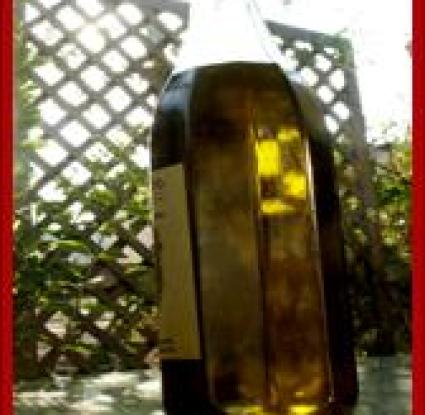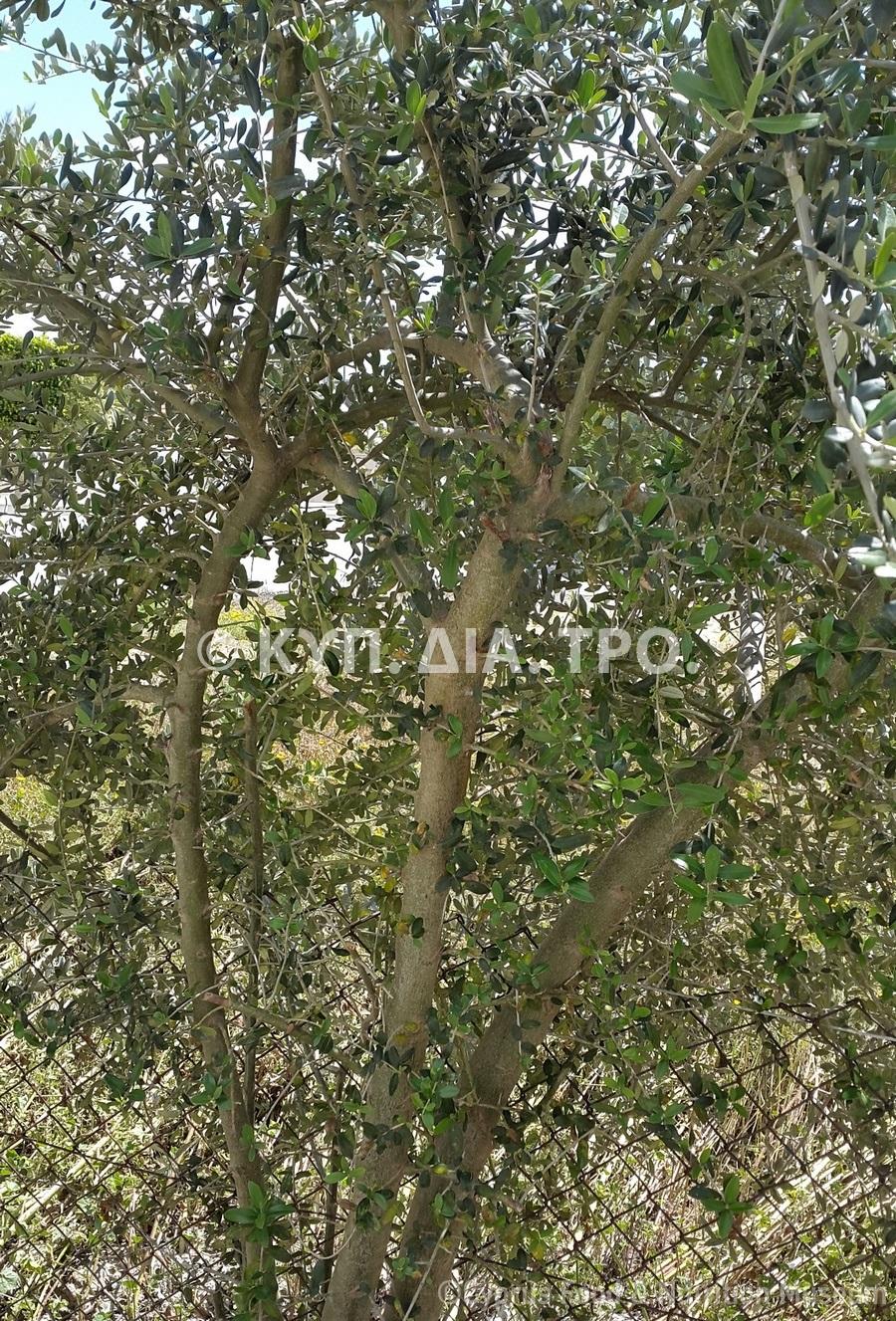Name - Origin
The most common fats in the Cypriot diet were olive oil and melted pork fat (shiromilla).
Functional and symbolic role
Pork fat was considered to be inferior to both olive oil and butter in terms of organoleptic characteristics. However, in areas where olive oil was not produced, pork fat was often the only fat used in households. Pork fat was mainly used in cooking, but also as a kind of spread. In the villages of Karpasia, in north-eastern Cyprus, they used to make millopites, a special sweet dish, using pork fat. The culinary choices of the Cypriot villagers reflect their efforts to exploit to the full whatever sources of fat the environment would provide to them. In the poorer areas of Cyprus, when villagers had no access to sufficient quantities of olive oil, they would use substitute oils obtained from the wild flora of the island, such as arkolao, the bitter oil from wild olives, oil from šinnos plant and terebinth oil. After 1960, the use of traditional fats, such as pork fat, declined considerably and was replaced by the 'newer' fats, the various seed oils.
Additional information and bibliography
The attached paper provides data on the multiple types of fats of animal and vegetable origin used in Cypriot cuisine and explores the geographical, social and historical aspects of their use in Cyprus.
Dimitriou D., Yiangou V., Lazarou H., Matala A-L. (2010) Oil for flavouring: Fats in Cypriot nutrition and gastronomy. Archaeology and Arts, 116:28-37.
Dimitrou Demetra, Stalo Lazarou




